I flushed the chiller water for both X and Y arms today, with advice from Jeff on what to do. The water in the LHO chillers has not been a problem so far, and shows no evidence of particulate or discoloration. However the chiller manual suggests that replacing the water every 6months would be a reasonable maintenance schedule.
Given that there was no problem with the water we could have got away with just draining and refilling the chillers a couple of times to replace the water. However at LLO we will want to actively flush the system, so for that reason I also flushed the chillers here.
First I turned off the lasers, then their power supplies and the power supply to the AOM driver. The laser, laser driver, AOM head and AOM driver are all water cooled. For each chiller in turn I performed the flush as follows:
*Tools required - flat blade screwdriver for hose clamp
1) Turn off the chiller then disconnect the chiller using the quick connects, then drain the chiller using the drain plug at the bottom on the back.***Suggest making sure there are no power cables around on the ground at this point becase water may get on ground***
2) Close drain plug, refill chiller with distilled water ("laboratory grade" = reverse osmosis filtered then distilled). Reconnect cables and the "Process Outlet" pipe to the top of back of chiller.
3) Leave the process inlet pipe disconnected and remove the quick disconnect attachment from the pipe. Run this pipe into a water collection basin (I used a mop bucket which has wheels and is a good size for this)
4) Note that when filling the water collection basin, make sure that it doesn't get so full that you can't move it back down the stairs. 5 gallons is about as much as you would want to carry.
5) Repeat the following steps until all water is replaced
a. Turn on chiller while holding pipe into basin
b. Wait for approx 10 seconds of water to come out of chiller, then turn chiller off using the switch on the back (not the one on the front which takes too long to turn chiller off)
c. Top chiller back up to full with distilled water
6) Once the water is replaced reconnect the process inlet pipe and hose clamp
7) Turn on the chiller and run for several minutes. Check water level and top up as necessary.


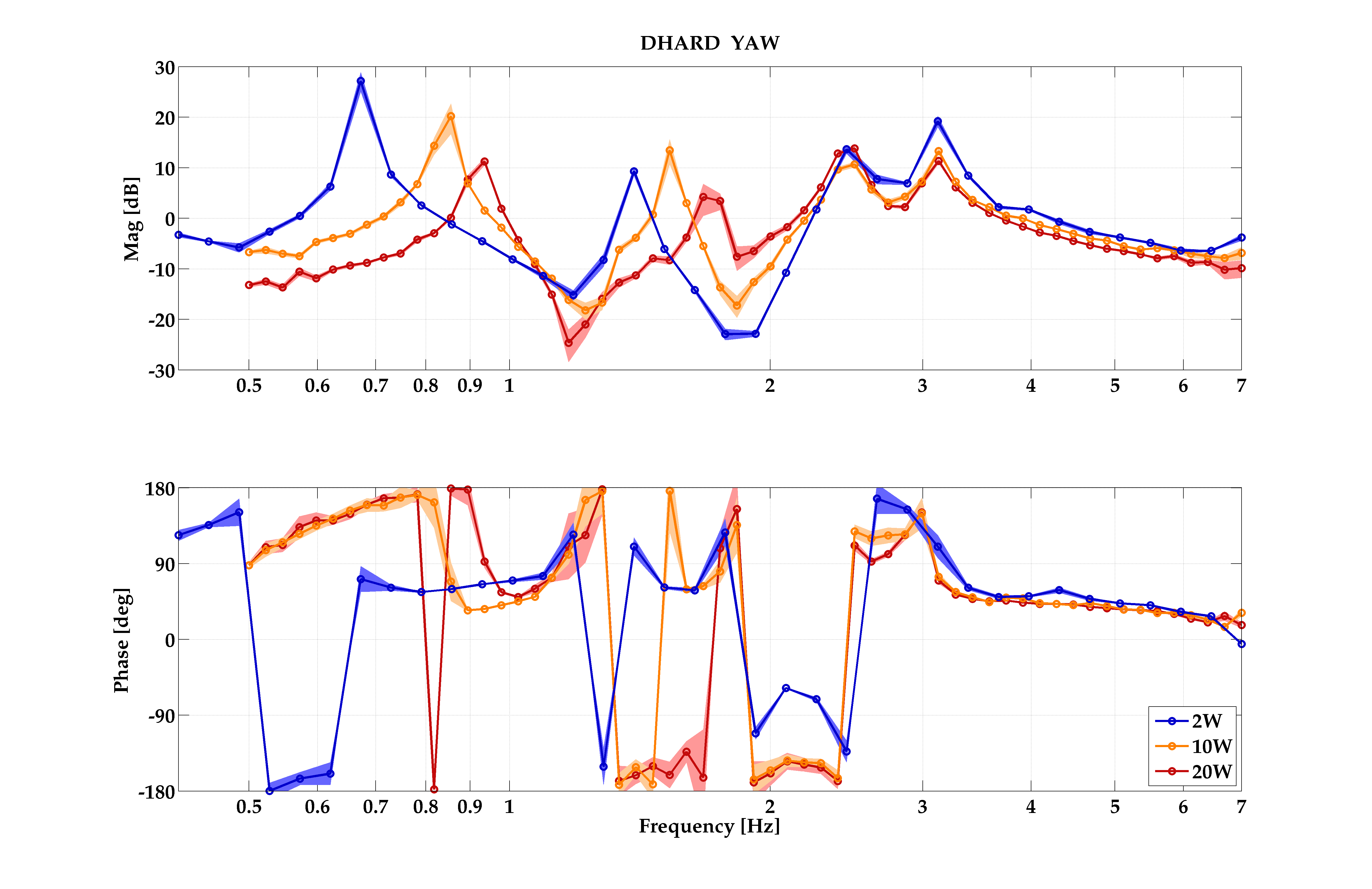
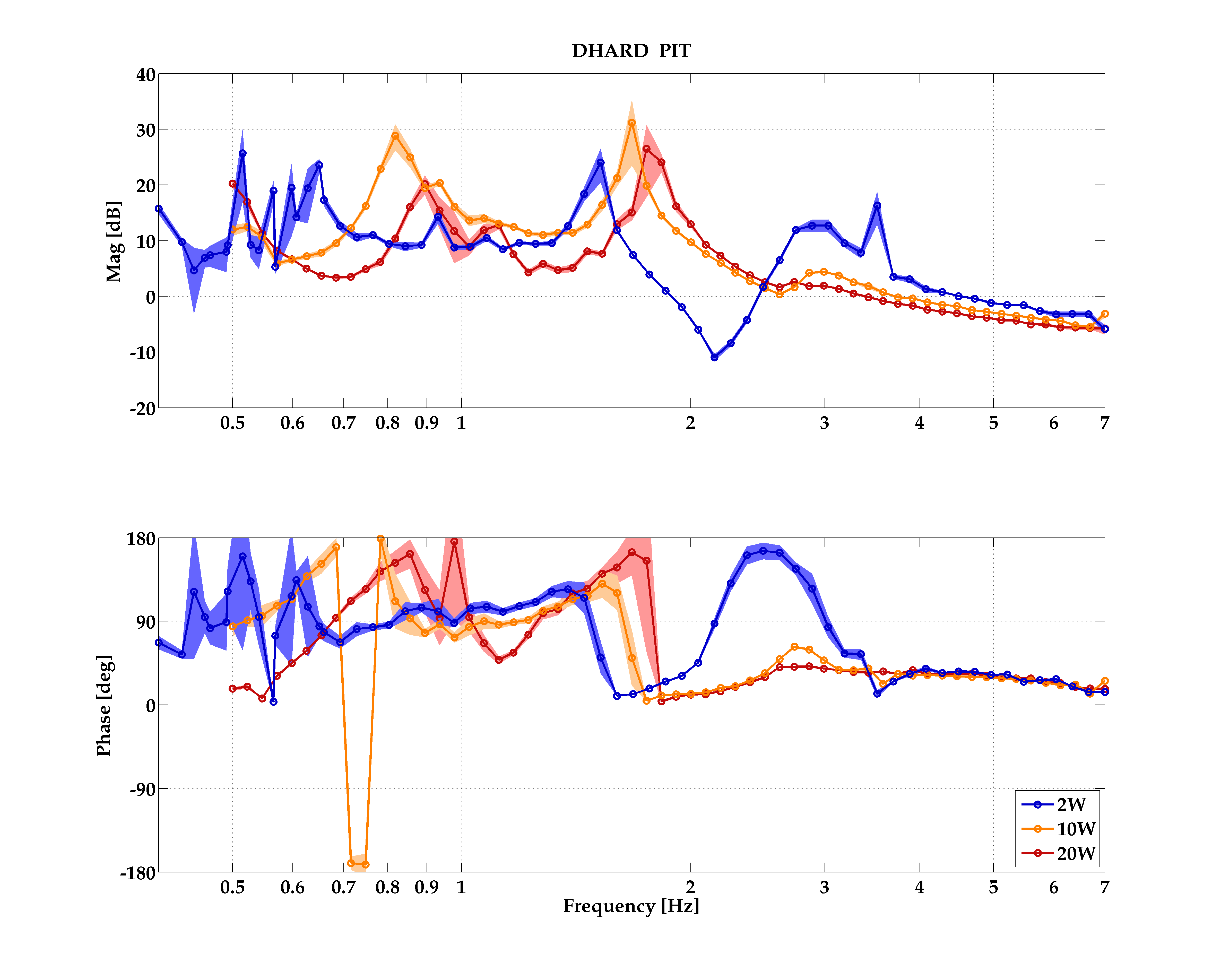
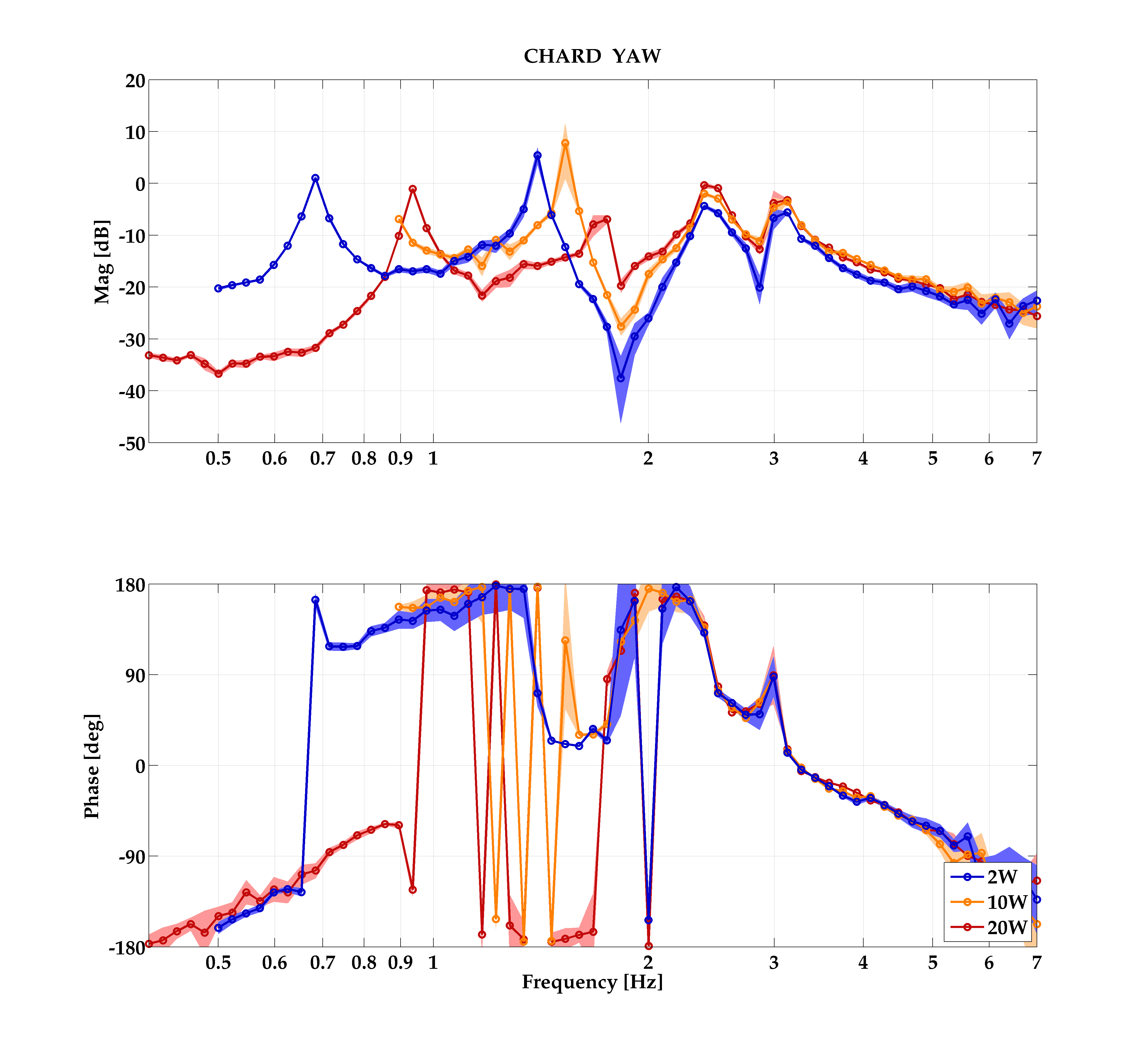
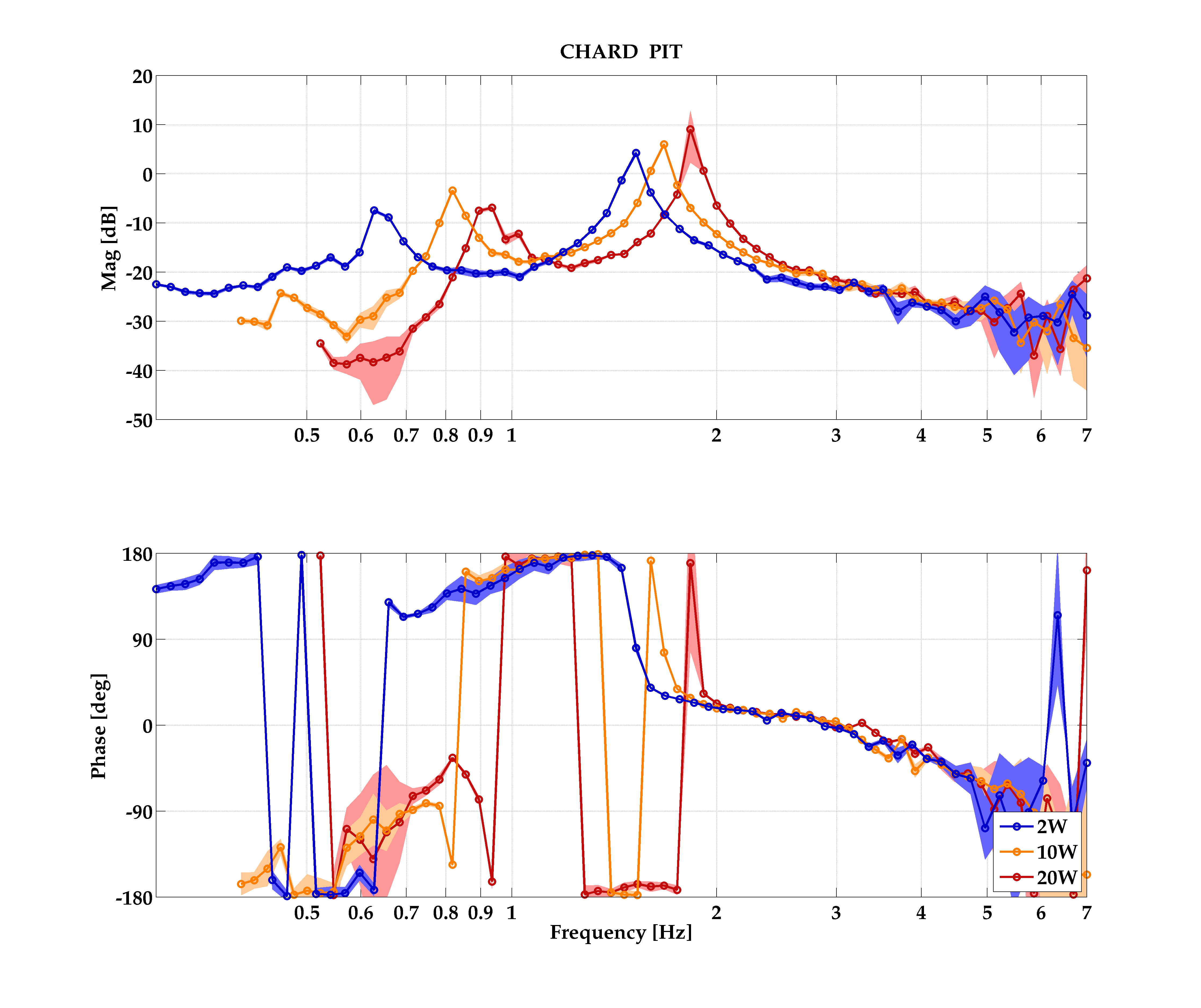







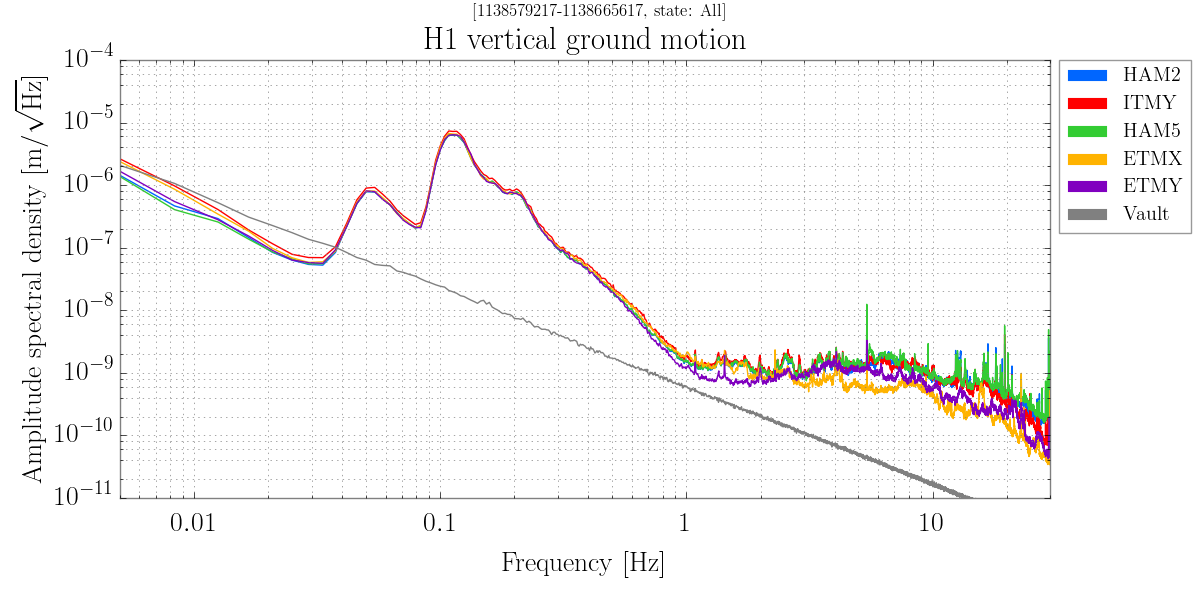


















This change is the one we requested through the ECR E1600030-v1. As reported by Dave above, we increased the number of available filter modules in DARM, PRCL, SRCL and MICH by inserting a filter in series for each of them.
The attached screenshots show how the simulink models now look like.
The changes and new modules are highlighted by circles and arrows in the screenshots. As shown, the DARM filter module is split into DARM1 and DARM2. DARM1 still has the triggered filters while DARM2 does not. Additionally, in order to save the important channels DARM_IN1 and DARM_OUT, we added two test points with their names. The same change was applied to PRCL, SRCL and MICH. This change will not impact on the online calibration, calibration lines or hardware injection.
The last attachment is a screenshot of the new medm screen.
The models and screens are checked into SVN.
P.S. I have updated all the ISC-related guardian codes so that they can handle this new filter situation. I did not get a chance to test them. So please watch out for some bugs in the guardians